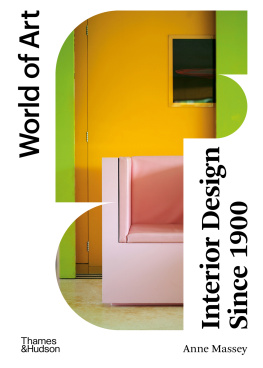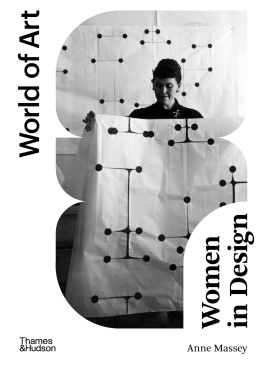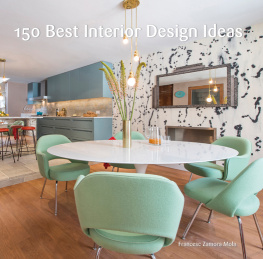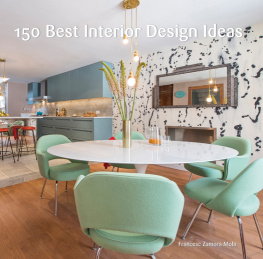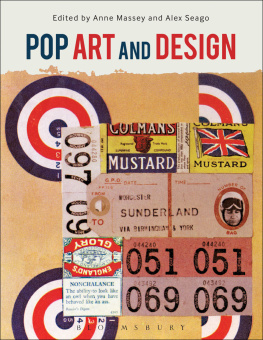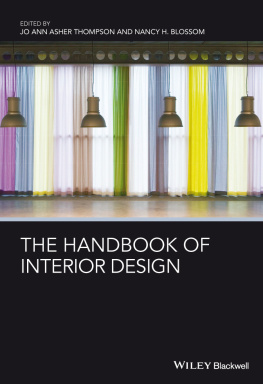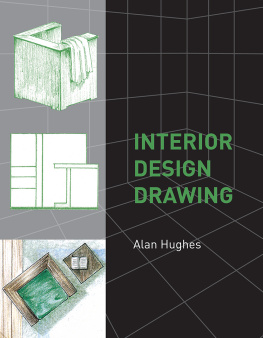Anne Massey - Interior Design Since 1900
Here you can read online Anne Massey - Interior Design Since 1900 full text of the book (entire story) in english for free. Download pdf and epub, get meaning, cover and reviews about this ebook. year: 2020, publisher: Thames & Hudson, genre: Detective and thriller. Description of the work, (preface) as well as reviews are available. Best literature library LitArk.com created for fans of good reading and offers a wide selection of genres:
Romance novel
Science fiction
Adventure
Detective
Science
History
Home and family
Prose
Art
Politics
Computer
Non-fiction
Religion
Business
Children
Humor
Choose a favorite category and find really read worthwhile books. Enjoy immersion in the world of imagination, feel the emotions of the characters or learn something new for yourself, make an fascinating discovery.
- Book:Interior Design Since 1900
- Author:
- Publisher:Thames & Hudson
- Genre:
- Year:2020
- Rating:4 / 5
- Favourites:Add to favourites
- Your mark:
- 80
- 1
- 2
- 3
- 4
- 5
Interior Design Since 1900: summary, description and annotation
We offer to read an annotation, description, summary or preface (depends on what the author of the book "Interior Design Since 1900" wrote himself). If you haven't found the necessary information about the book — write in the comments, we will try to find it.
Interior Design Since 1900 — read online for free the complete book (whole text) full work
Below is the text of the book, divided by pages. System saving the place of the last page read, allows you to conveniently read the book "Interior Design Since 1900" online for free, without having to search again every time where you left off. Put a bookmark, and you can go to the page where you finished reading at any time.
Font size:
Interval:
Bookmark:



Victor Horta: top floor, Tassel house, Ixelles, Brussels, 1893. Hortas first design in an entirely new style. A glazed roof with slender iron supports provides brightly lit interiors. Instead of the usual Belgian corridors, Horta uses a central hall and staircase, heralding the modern movements use of flowing spaces and plan of volumes. Hortas whiplash line flies freely through the ironwork and over the walls, floor and ceiling.
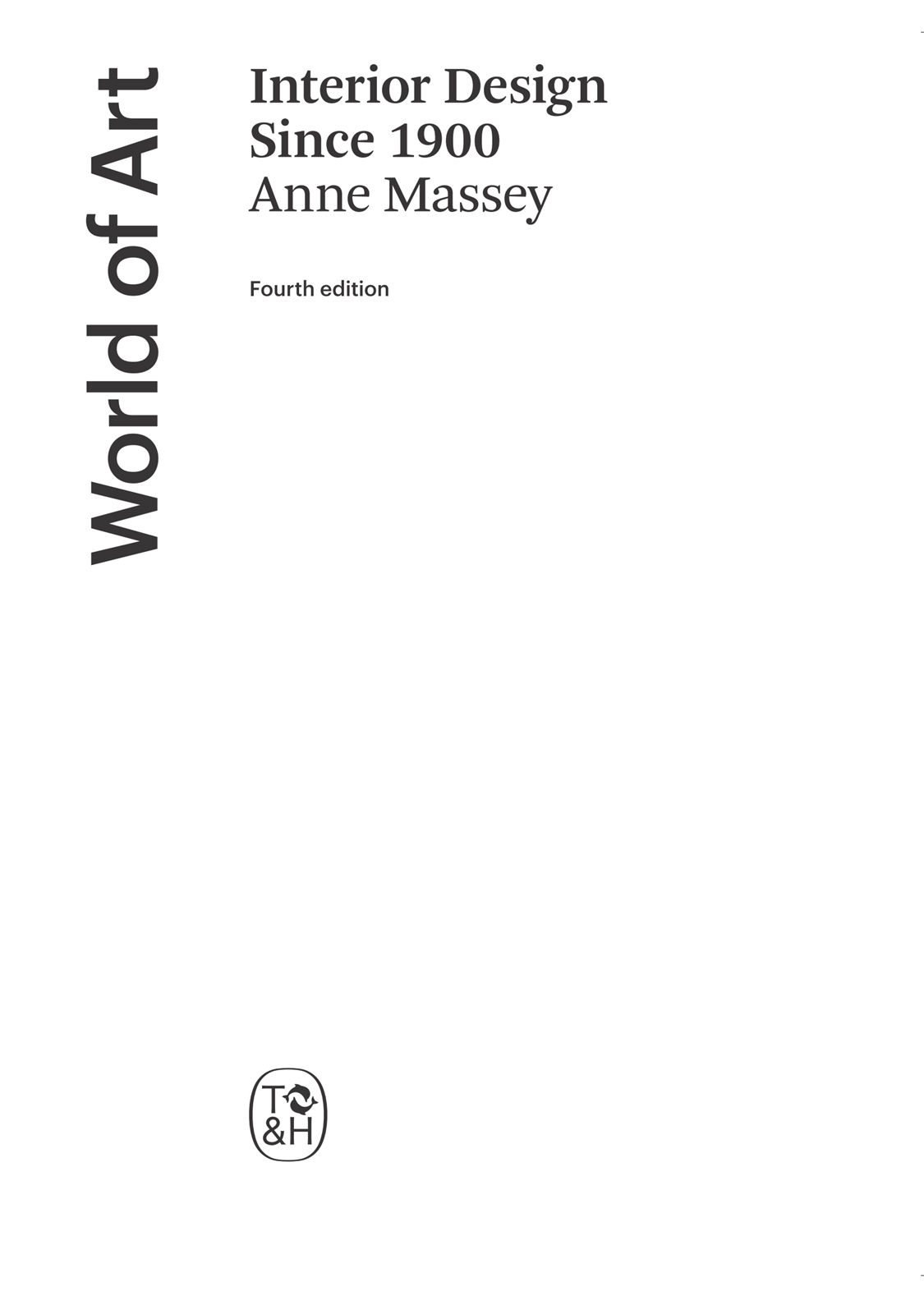
Anne Massey graduated in the History of Modern Art and Design at the University of Northumbria in 1980, and gained her doctorate there in 1984 with research on the Independent Group and post-war British design theory. She has written extensively on the history of art and design, and her books include The Independent Group: Modernism and Mass Culture in Britain, 194559 (1996); Hollywood Beyond the Screen: Design and Material Culture (2000); Designing Liners: A History of Interior Design Afloat (2006); Chair (2011); and ICA 194668 (2014). Her co-edited books include Interior Lives: Biography and the Interior (2013) and Pop Art and Design (2017). She was the founding editor of the journal Interiors: Design, Architecture, Culture (2010).
This new edition of Interior Design Since 1900 provides an opportunity to reflect on the subject since the books first appearance as Interior Design of the 20th Century in 1990. The original Foreword signalled the breadth of interior design as a subject, covering the areas of architecture, decoration, design and fine art within the context of social and economic history. This broad coverage remains at the heart of this updated account of recent interior design. The books approach combines my knowledge of the history of architecture and design with my experience of practice working in my fathers architectural firm and within the art and design school environment. As a practice, interior design covers so many areas of specialism from issues of sustainability and selecting the best services and materials through to understanding the subtleties of human belonging and emotion. It is this breadth that continues to make the subject so fascinating. Since the publication of the first edition, interior design has been the subject of increased academic attention, with the establishment of the academic journal Interiors: Design, Architecture, Culture and expanding interest in the popular media. This survey includes the work of professional architects, interior designers and interior decorators as well as the world of amateur design and decoration. The wealth of contemporary media coverage devoted to interior design makeovers, available styles and materials attest to the significance of our surroundings at home and in public spaces. The successful interior can provide comfort, promote psychological wellbeing, increase efficiency or promote a brand. Interiors also have the capacity to signal exclusion or jar the senses.
Style remains an important consideration in the study and understanding of interior design: for example, interior designers need to understand the historic traces they are working with during the repurposing of existing buildings or recreating interiors from the past, as exemplified by recent building in China and the Middle East. Amateur designers may need a knowledge of past styles to select the most appropriate look for their own projects. This volume begins its account of the narrative of style with the development of Victorian eclecticism, particularly as applied to the domestic interior as a refuge from the new and threatening world of modernity beyond the parlour and the front door. The fetishization of comfort in the home plus rules of etiquette and behaviour were key features of the Victorian domestic interior. But these structures of feeling were to be challenged by design reformers who collectively harked back to the medieval past as a way of improving interior design. A.W.N Pugin, followed by William Morris and the arts and crafts movement, endeavoured to educate popular taste through the written word and their own design practices.
This was a movement based in Great Britain and subsequently in North America, but this Western dominance was challenged with the opening up of trade with Japan in the later nineteenth century. The trans-cultural exchange between East and West led to the creation of the aesthetic-movement style that glorified the sparse and elegant style of Japan. In turn this led to the global phenomenon of art nouveau, which flourished throughout Europe, including Scandinavia and Russia, as well as the United States. The organic, whiplash curve and innovative use of metal, glass and wood symbolized the start of a new century.
Modern methods of printing and production from the beginning of the twentieth century onwards meant that interior design styles could circulate globally and be quickly adopted around the world. This is particularly true of the most prevalent style to affect interior design since 1900, that of modernism. The leading architects of the modern movement ensured that their message of form follows function and minimalism in everyday living reached a wide audience through manifestos, illustrated magazines and avant-garde practice. Modern architects including Le Corbusier, Ludwig Mies van der Rohe and Walter Gropius were self-appointed pioneers of a new style for the design of every aspect of life. The driving force behind this spare, geometric style was to promote cleanliness and hygiene rather than comfort. Decoration was anathema to the modern movement and their designs for public and private interiors alike. This could be regarded as excessively controlling, as the clients and end-users of modern buildings were left with little scope to personalize their surroundings. As authors such as Penny Sparke (The Modern Interior, 2008) and Hilde Heynen and G. Baydar (Negotiating Domesticity: Spatial Productions of Gender in Modern Architecture, 2005) have argued, this dominance over the domestic on behalf of modern architects was not without its problems. It could be argued that this drive for rationalism in the design of interiors was anti-gemtlich and had an anti-feminine dimension to it.
In direct contrast to modernism, the art deco style of the 1920s and 1930s celebrated femininity, glamour and surface decoration. This was a popular, commercial style and was used for homes, cinemas and offices throughout the world. From Miami Beach to Napier in New Zealand, and from Mumbai to Asmara in Africa, this style signified pleasure and frivolity. It was associated with Hollywood cinema and jazz music, ancient Egypt and modern materials. Art deco has been constantly revived ever since as the signifier of luxury and hedonism, whether on cruise ships or in bars and restaurants around the world. Many of the original art deco sites have been awarded UNESCOs World Heritage status to preserve them and protect them from redevelopment.
The first four chapters of this edition establish the vocabulary of style as an important theme, from Victorian eclecticism, the arts and crafts movement, art nouveau, the modern movement and art deco. With this story of interior design styles mapped out, attention is then turned to the creative professionals involved in interior design the interior decorator and designer. The fifth chapter charts the development of interior decoration as a profession in the United States and beyond. While the history of modern architecture is dominated by the hero, usually male, architect, the history of interior decoration is the domain of the female and queer practitioner. Recent work by John Potvin has tracked the queer design history of interior decoration which has been overlooked for too long. In his
Next pageFont size:
Interval:
Bookmark:
Similar books «Interior Design Since 1900»
Look at similar books to Interior Design Since 1900. We have selected literature similar in name and meaning in the hope of providing readers with more options to find new, interesting, not yet read works.
Discussion, reviews of the book Interior Design Since 1900 and just readers' own opinions. Leave your comments, write what you think about the work, its meaning or the main characters. Specify what exactly you liked and what you didn't like, and why you think so.

